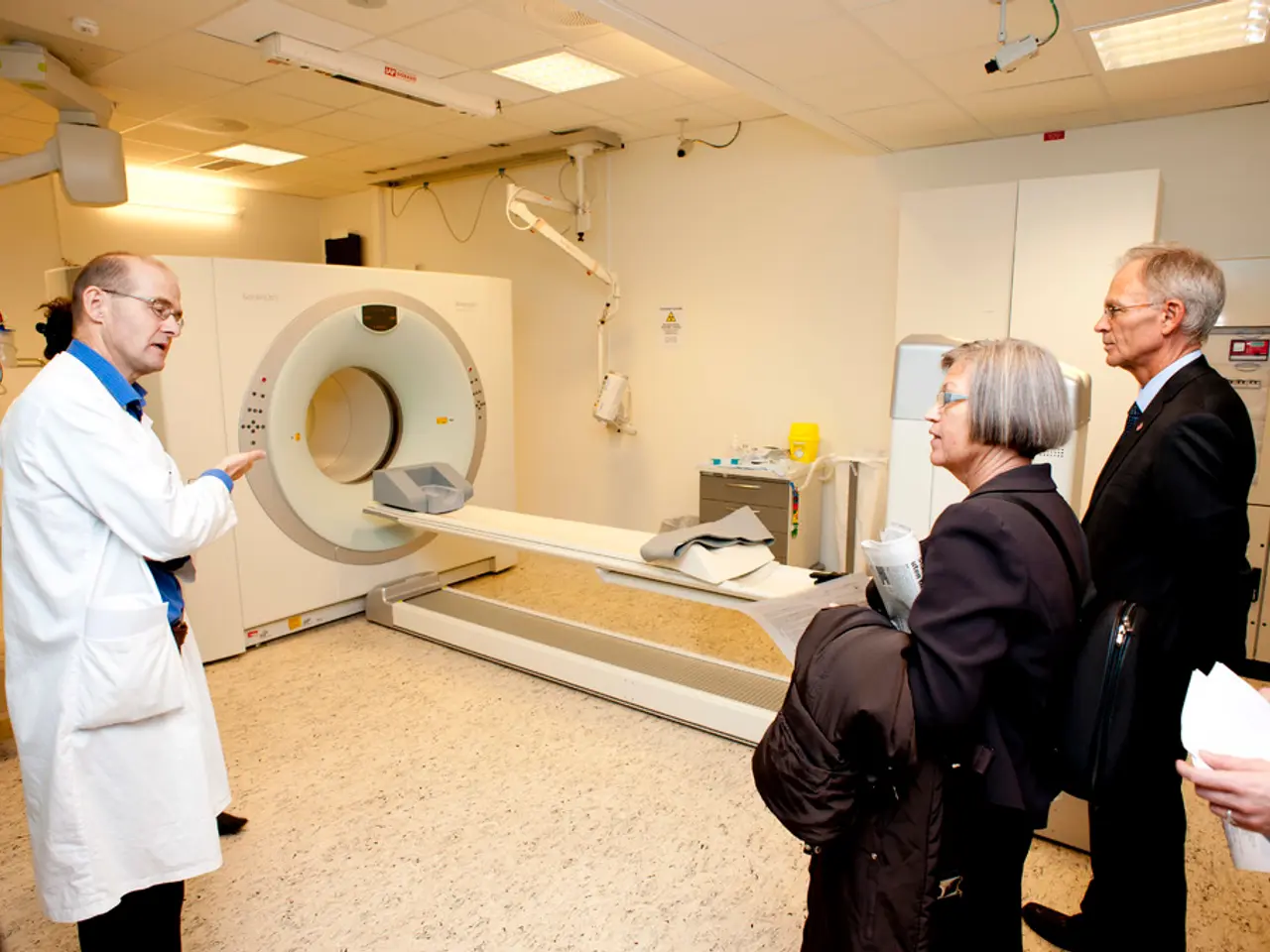Dresden's OncoRay Institute Introduces Innovative Computed Tomography Technology
Dresden Leads the Way in Medical Innovation with New PCCT Technology
Dresden, Germany, is set to reinforce its status as a global hub for medical innovations and advanced cancer research. The OncoRay National Center for Radiation Research in Oncology has received the world's first single-source photon-counting computed tomograph (PCCT) for radiation therapy.
This cutting-edge technology, funded by the Federal Ministry of Research, Technology and Space and the Saxon State Ministry for Science, Culture and Tourism, will be installed in the coming weeks and can be clinically used from mid-July.
The PCCT technology counts every individual X-ray photon, resulting in more detailed, anatomically and functionally rich images than current CT systems. According to Prof. Christian Richter, head of the Department of Medical Radiation Physics at OncoRay, better and more accurate CT images can be obtained with this technology, enabling even more precise radiation planning and likely with less imaging dose than before.
This development opens up the possibility of treating movable tumors, such as those in the lung or liver, with the DirectSPR method, which was previously only usable for stationary tumors. The new PCCT technology is expected to become the standard for all CTs used for quantitative imaging in the next ten years, according to Prof. Richter.
The OncoRay project is a collaborative effort between Helmholtz-Zentrum Dresden-Rossendorf (HZDR), the Medical Faculty of TU Dresden, and the University Hospital Carl Gustav Carus. The close collaboration between these institutions highlights the strength of Dresden's research ecosystem in the field of cancer.
The successful integration of the new PCCT technology into OncoRay's research and clinical operations underscores Dresden's commitment to cutting-edge cancer treatment. The acquisition and installation of the new technology further solidifies Dresden's position in the forefront of medical innovation.
The OncoRay project exemplifies Dresden's role as a leading location for interdisciplinary research in the field of cancer. The close collaboration between science, economy, and clinical application is evident in the OncoRay project, which is based in Dresden.
The goal of the OncoRay project is to scientifically evaluate the advantages of this technology and further improve the safety and effectiveness of radiation therapy. The project underscores the importance of collaboration between academic and clinical institutions in driving medical advancements.
With the arrival of the PCCT technology, Dresden is poised to become a center for the development and implementation of new technologies in radiation therapy, further cementing its position as a global leader in medical innovations and advanced cancer research.
Read also:
- Hospital's Enhancement of Outpatient Services Alleviates Emergency Department Strain
- Increased Chikungunya infections in UK travelers prompt mosquito bite caution
- Kazakhstan's Deputy Prime Minister holds discussions on the prevailing circumstances in Almaty
- In the state, Kaiser Permanente boasts the top-ranked health insurance program






